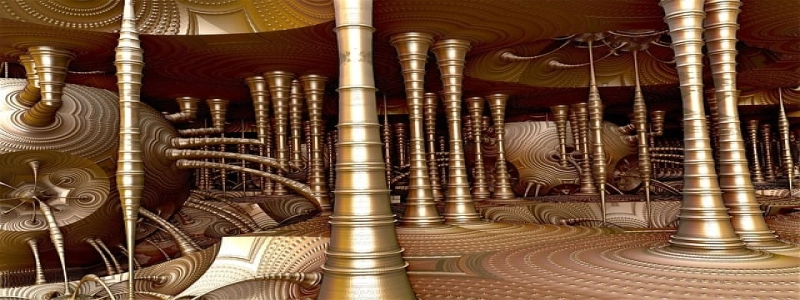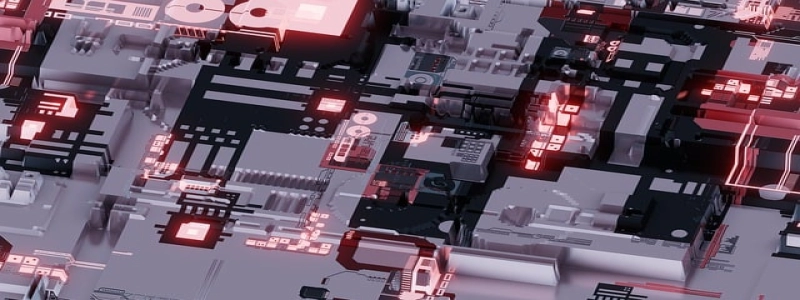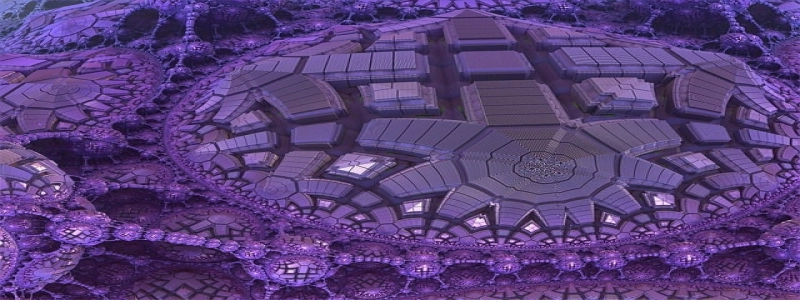Ethernet Physical Layer
소개:
The Ethernet physical layer is the first layer in the Ethernet protocol stack. It is responsible for the transmission of data over the physical medium, such as copper wires or optical fibers. In this article, we will explore the different components and functionalities of the Ethernet physical layer.
나. Ethernet Physical Layer Components:
1. Transceiver:
The transceiver is a crucial component of the Ethernet physical layer. It transforms the digital data into analog signals suitable for transmission over the physical medium. It also receives analog signals from the medium and converts them back into digital data for further processing.
2. Medium:
The medium refers to the physical medium used for transmitting data in Ethernet networks. It can be categorized into two types: copper-based medium, such as twisted-pair cables, and fiber-optic medium, including single-mode and multi-mode fibers. The choice of medium depends on factors such as distance, bandwidth requirements, and noise immunity.
II. Functions of the Ethernet Physical Layer:
1. Encoding:
Encoding is the process of converting digital signals into analog signals suitable for transmission over the physical medium. Different encoding schemes, such as Manchester encoding and 4B/5B encoding, are used to ensure reliable data transmission by maintaining signal integrity and reducing error rates.
2. Signal Detection and Synchronization:
The physical layer must accurately detect and synchronize the transmitted signals to ensure proper data reception. This involves techniques like clock recovery, where the receiver synchronizes its clock with that of the transmitter to achieve precise timing for data decoding.
3. Medium Access Control (MAC):
The physical layer works closely with the MAC layer to regulate access to the shared medium in Ethernet networks. It helps in coordinating the transmission of data between multiple devices, manages collision detection and resolution, and implements protocols like carrier sense multiple access (CSMA) to avoid data collisions.
III. Ethernet Physical Layer Standards:
Standardization plays a significant role in ensuring interoperability and compatibility among different Ethernet devices. The Ethernet physical layer standards define the specifications and protocols that govern the physical layer’s operation. Some widely used Ethernet physical layer standards include 10BASE-T, 100BASE-TX, and 1000BASE-SX.
결론:
The Ethernet physical layer is a critical component of Ethernet networks, responsible for transmitting data over the physical medium. It consists of components like transceivers and different media types, such as copper and fiber optics. The physical layer performs functions like encoding, signal detection, synchronization, and medium access control. Standardization is key to ensuring seamless communication between devices with different physical layer implementations.








